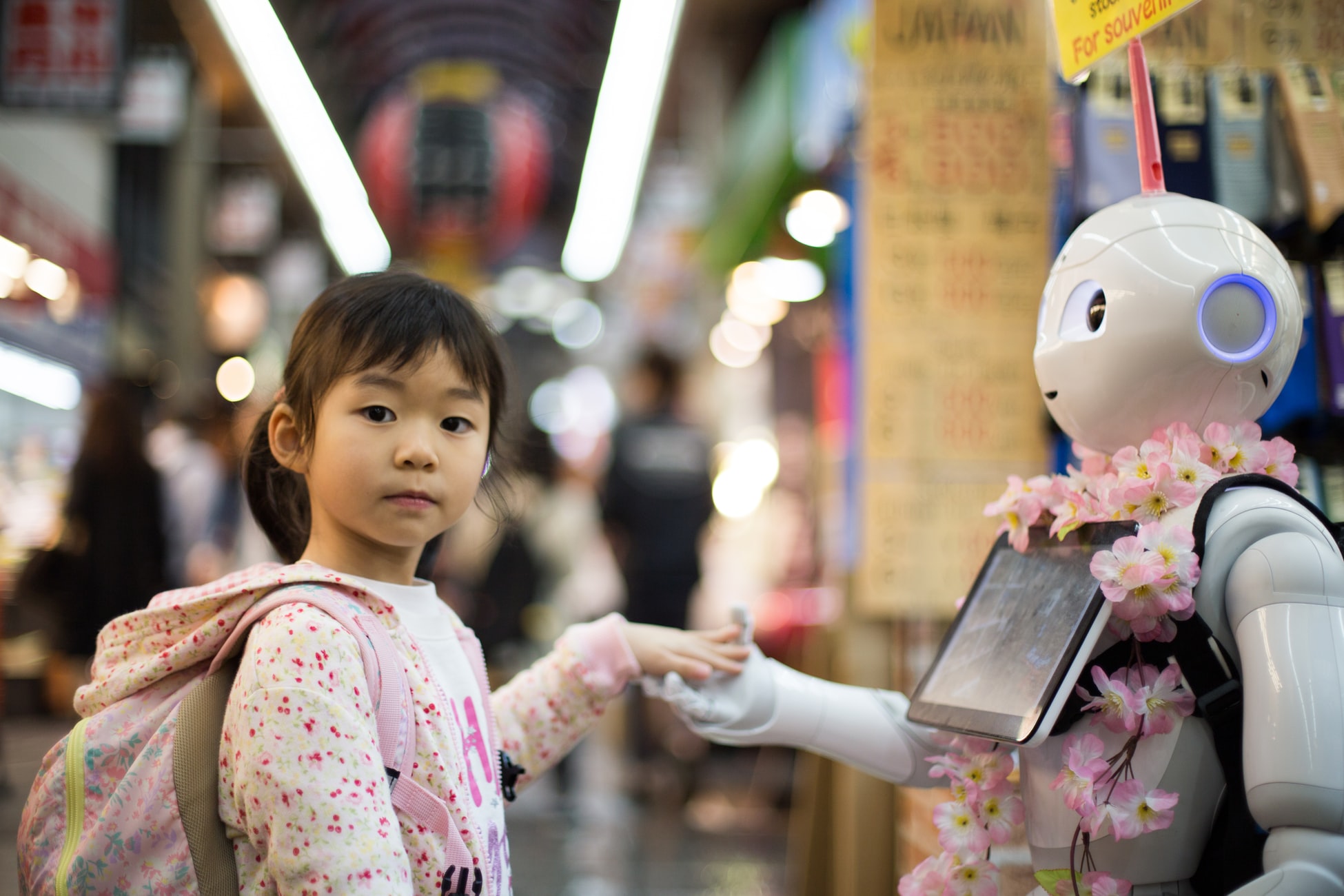The Education Gamification Market anticipates a Compound Annual Growth Rate (CAGR) of more than thirty percent (30%) for the forecast period 2019 – 2026. The projection on the market growth is based on 2018 when education gamification has proved instrumental in propelling learning outcomes.
Apparently, education gamification is beneficial as learners’ objectives are enhanced. According to literature, gamified learning involvements help strengthen student commitment and this boosts the learning process. These empirical findings were attained after the effect of extrinsic and intrinsic motivation was investigated.
This study involved at least one hundred (100) undergraduate students whereby their performance and participation in an online gamified learning environment were scrutinized.
Education gamification has been facilitated by computing technology and the ever-present sensor. For instance, wearables, smartphones, and smart cities have the capability of processing and tracking our steps. As a result, our lives will revolve around a digital game in the near future.
Alternatively, a change towards post-material values of experience and expression is being witnessed. This has been boosted by an ‘experience economy’ of dematerialization as well as the skills of proficient designers.
Moreover, digital games have become part of the leading cultural practices. As a result, the gamer generation has emerged.
Education’s significant players in public policy objectives
Organizations are embracing the customer-employee engagement based on their capability. Notably, this is part of the transformation of market differentiators and business models. Specifically, some aspects such as user experience, innovation, and customer relations are being considerably adopted.
Customers are viewed as notable players as they are being tightly integrated into value chains with word-of-mouth marketing, crowdsourcing, and user-led innovation.
Global policy-makers have acknowledged that user experience, engagement, and motivation are significant players in public policy objectives in civic engagement, education, or health.
A combination of political, economic, cultural, and technical strengths was a formidable force as they necessitated a design practice that propelled the maximal computing technology potential. As a result, user engagement and experience were boosted across industries and domains. Moreover, gamification was helpful in filling this niche.
Study results on education gamification
In 2014, a study that first considered synthesizing the central concepts required for a learning intervention was undertaken.
Specifically, these considerations were mapped as well as the description of the online gamified learning involvement.
Secondly, the impact of gamification on learning results was scrutinized using a pre- and post-intervention analysis.
Findings were generally considered positive for education although the effect of gamification on student participation differed depending on whether the student was motivated extrinsically or intrinsically.
These outcomes will be of significant importance to learning and teaching practitioners functioning in distinctive educational contexts and levels. Additionally, they will be of interest to different stakeholders wishing to propel learning and student engagement.
Real-world applications of education gamification
Many of the world’s top tier universities and colleges have already introduced into their curricula some type of gamified applications. Game-based education is used to streamline knowledge and teach new skills. Students are able to use various simulations to obtain knowledge and expertise, otherwise only available in a real-world environment.
Most innovative business academies use a multipurpose business simulation platform, based on a particular strategic business game with goals and rewards like most popular computer video games. Lecturers deploy the game in a global economy and business simulation, reinforcing the theoretical part of their lectures and showcase how the theory works on real-world examples.
In spite of the spectacular growth witnessed in the worldwide education gamification market, the supply and demand gap has widened in recent yesteryears. This broadening deficit can be solved through a partnership between educational intuitions and education gamification vendors.







